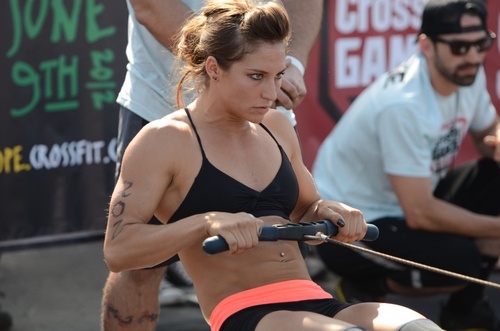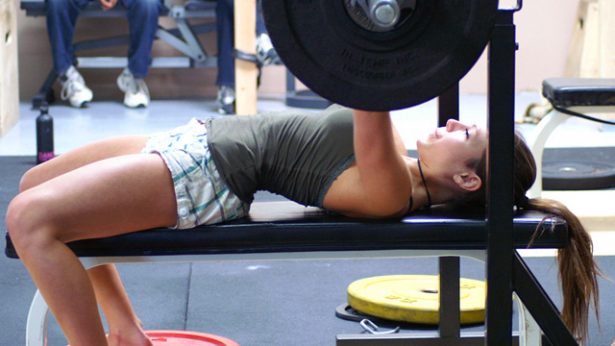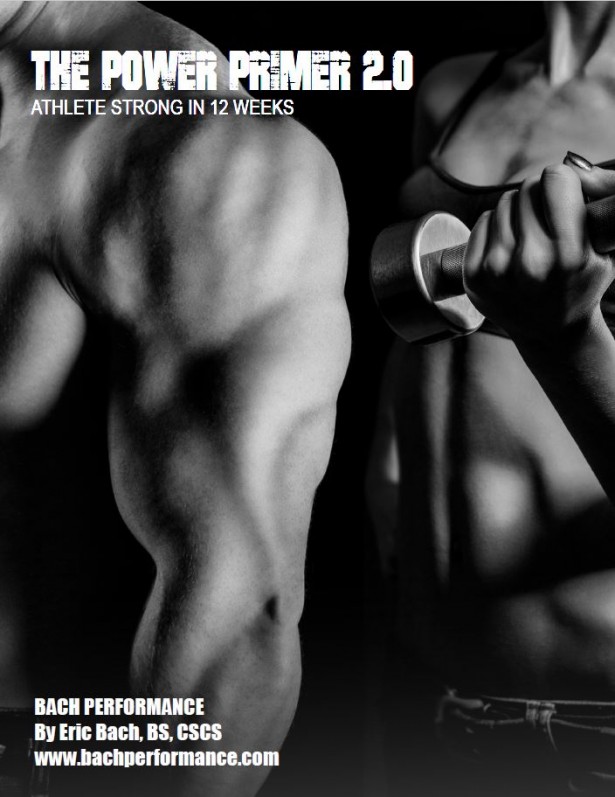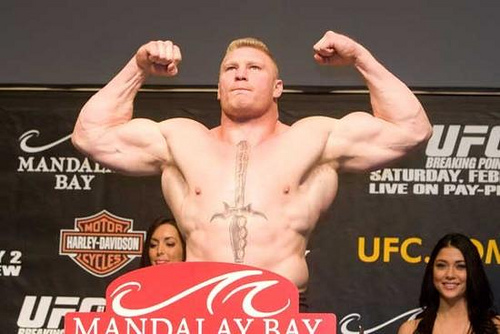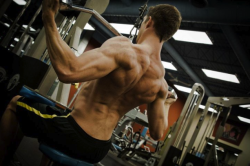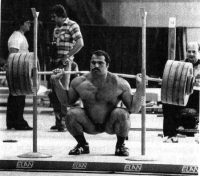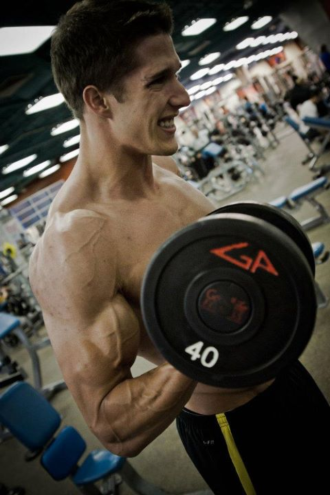We’ve all been there. Your reps are explosive, and you’re steadily gaining strength. Your muscles are bulging, your shirt sleeves are tightening, and you’re shedding fat while building muscle.
You feel energized, athletic, and on top of your training, until WHAM—progress screeches to a halt. Your joints ache, your motivation wanes without several cups of coffee, and your mental clarity diminishes. A couple of warm-up sets leave you drained, and the gym becomes the last place you want to be. It’s clear your training is in a slump.
But training should be consistent and enjoyable, with regular gains. So when progress slows, it’s time for a change—not just a shift in grip or stance, nor from front squats to back squats, but a fundamental shift: a new training split. While the core principles of training should remain constant, new methods can rejuvenate your progress. Adding weight to the bar, maintaining explosive movement, eating well, and sleeping enough will support your goals. A new training split can get you back on track, helping you to build an athletic body.
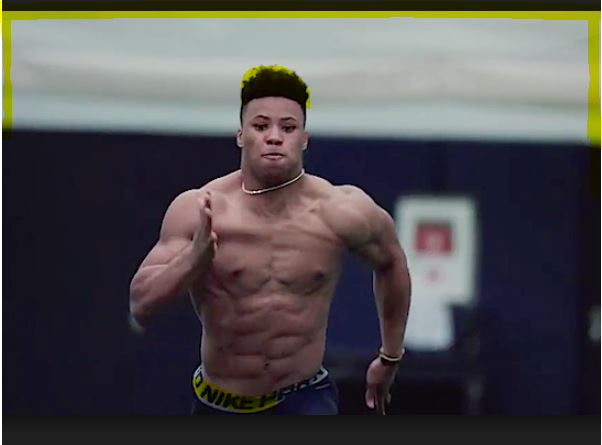
Despite what some coaches say, there’s no one-size-fits-all approach to training splits. A bodybuilder shouldn’t train exactly like an athlete, and a powerlifter shouldn’t follow the regimen of a weekend pavement pounder. Your training must align with your goals, energy system requirements, schedule, and individual needs.
With that in mind, let’s explore the best splits for building a stronger, shredded, and athletic body. I’ll break down the pros and cons of each, giving you the insight needed to choose the training split that aligns with your goals.
A new program is always invigorating, and this fresh approach will have you tackling each workout with renewed intensity.
So, decide on your goals, adhere to sound principles, and choose the training routine that fits you best.
Related: Get an Athletic Body: The Ultimate Guide
1.Upper Lower Training Split
Upper-lower training splits offer a balanced progression from total-body splits, providing ample recovery and increased training volume. Alternating between upper and lower body days, this split schedules four workouts across a seven-day training week.
Pros: This split is a great step up from total-body training, suiting most populations looking to gain both size and strength. It offers greater training frequency, promoting quicker learning and mastery while handling significant weights. The split provides a moderate training frequency and moderate-high volume for hypertrophy gains.
Cons: The split can lead to unbalanced training sessions, with upper body workouts typically taking longer than lower body workouts. Shorter recovery times between sessions compared to body-part splits may hinder recovery if you’re not getting sufficient sleep, not managing tissue quality, or not eating enough protein.
Additionally, hitting the lower body twice a week might be too taxing for some, making it a challenging split for those less mentally resilient.
Example:
Monday: Upper Body (Push Strength Emphasis)
Tuesday: Lower Body (Squat Pattern Strength Emphasis)
Wednesday: Off/active recovery
Thursday: Upper Body (Pull Strength Emphasis)
Friday: Lower Body (Hinge pattern strength Focus)
Saturday/Sunday: Off
2. Total Body Training Split
Total body training splits offer a comprehensive approach, training the body as a whole rather than focusing on its individual parts.
Pros: These splits are highly efficient for those short on time, delivering full-body stimulation in each session. The high frequency of stimulation, paired with moderate training volume, supports various goals such as fat loss, strength building, and muscular hypertrophy. Total body workouts are particularly effective for building an athletic body and allow for movement training like sprints.
This method minimizes “fluff,” emphasizing essential exercises over multiple variations, making it ideal for beginners, fat loss, and general health. Additionally, it’s easy to integrate other training modalities into a total body routine, as most movements and muscles are engaged during each workout.
Cons: Low intra-workout volume will minimize metabolic stress related hypertrophy, so it’s not the best for your sweet, sweet biceps gains.
Plus, stronger lifters tend to struggle with recoverability from training legs 3x+/week. It’s a difficult split to train more than 3-4x per week without knowledge and self-awareness for auto-regulation.
Among all programs, these are the universal “best” for most busy dudes. They cover all your bases and eliminate the fluff.
Example:
Monday:
1.Power Clean 5×3
2.Bench Press 3×6
3.Lunge 3×8-12
4a.Farmer Walks 3×30 seconds
4b. Dips 3x 30 seconds timed set
Tuesday: OFF/conditioning
Wednesday:
1.Push Press 5×3
2.Deadlift 4×6
3.Chin Up 3×8-12
4a.Plank 3×30 seconds
4b. Biceps Curl 3x 30 seconds timed set
Thursday: OFF/conditioning
Friday:
1.Back Squat 5×3
2.Bent Over Row 4×6
3.Dumbbell Bench Press 3×8-12
4a. Kettlebell Crosswalk 3×30 seconds
4b. Hip Thrust 3×12
Saturday/Sunday: Off/Conditioning
3.Push-Pull Training Split
Push/Pull Training splits break training up by movement pattern. The movements on the posterior side of the body are predominantly responsible for pulling actions like deadlifts and chin-ups while the front/anterior side of the body is responsible for pushing actions like push-ups.
Unless you’re a glutton for punishment and want to try legs four days per week, pair legs on pull days.
Pros: Push-Pull routines are suitable for intermediate-advanced trainees. Push-pull routines are an economical way to train and allow for flexible planning. Moderate training frequency is better for skill acquisition, meaning you’ll learn movements and exercises faster.
You can combine push-pull routines combine with other training splits to create hybrid programs like an upper-lower push-pull routine.
Cons: Push-pull splits are limited with athletic populations unless you break up upper and lower body sessions. In this case, it becomes difficult to maximize training efficiency. Push-pull routines are a bit advanced for beginners looking to maximize their gains.
Example:
Day One: Pull (legs/hamstrings, back, biceps, lower back)
Day Two: Push (chest, shoulders, triceps, legs/quads, abs)
Day Three: OFF
Day Four: Pull (legs/hamstrings, back, biceps, lower back)
Day Five: Push (chest, shoulders, triceps, legs/quads, abs)
Day Six: OFF
Day Seven: OFF
4. Intensive/Extensive Training Split
Giggity.
These are my favorite.
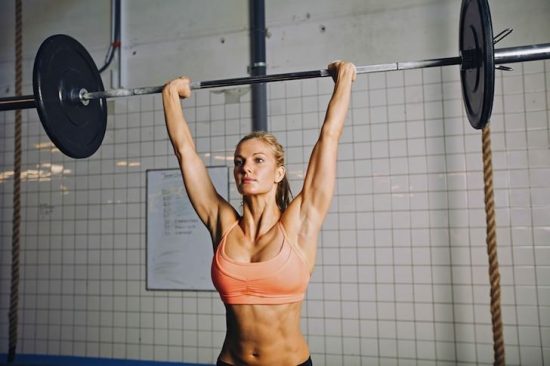
The intensive/extensive split bases training splits on the neural demands of a workout. For example, a heavy/explosive day is often followed by a metabolic/higher volume day.
This also corresponds with conditioning.
So, a workout focused on jumps, cleans, heavy squats, and sprints is neurally demanding as it drains your nervous system. Without ample recovery between intensive training sessions, you’ll feel like garbage and injury risk will sky-rocket.
Instead of back-to-back heavy, you’d want to make your next session higher rep, less intense (in terms of loading and explosive exercises), and focused more on the pump.
Three or four days of training per week works best.
Pros: Intensive/Extensive training splits are advanced programming strategy for athletes looking to take the next step. Great for building an athletic body and training movement skills like acceleration in coordination with resistance training. Intensive/Extensive splits offer a sound progression for developing greater levels of performance.
Cons: Intensive/extensive training splits are advanced and complicated to design. IF your primary goal is to look great naked, you’ll want to eliminate *some* of the movement training and focus more on higher-rep work for better muscle building. Workouts are longer in duration on intensive days due to neural recovery demands of intense exercise.
Get Athletic an Athletic Body:
This example uses a Push-pull split (mentioned above) with movement training if you’re a competitive athlete.
Monday: Speed work (before if competitive, conditioning if non-competitive athlete), Olympic lift+ compound push exercises
Tuesday: Metabolic/ change of direction (before if competitive, conditioning if non-competitive athlete), Pull Emphasis
Wednesday: Off
Thursday: Speed work, Olympic lift+ compound push exercises
Friday: Metabolic focus, pull emphasis in weight room
Saturday/Sunday: Active Recovery
Related: Best Muscle Building Supplements
Look Good Naked:
This is focused on keeping you athletic, but a bit more on body composition so you look hot.
Monday: Olympic lift+ compound push exercises, Heavy and explosive. Light conditioning.
Tuesday: Pull Emphasis, high rep (8-15+) and hypertrophy focused. Hard conditioning.
Wednesday: Off
Thursday: Olympic lift+ compound pull exercises. Heavy and explosive, light conditioning.
Friday: Pull Emphasis, high rep (8-15+) and hypertrophy focused.
Saturday/Sunday: Hard conditioning 1x, active recovery
5.Primary Mover + Opposing Supersets
Also known as non-competing supersets or agonist, antagonist supersets these training splits work opposing muscle groups together. For example, a dumbbell bench press and a chest supported row.
Pros: Non-competing supersets are good for building muscle and achieving training balance.
You don’t want to be lopsided or injury prone, right?
Increased blood flow to antagonist muscle groups may improve performance and metabolic stress-related hypertrophy. Non-competing supersets are flexible and can allow for 3-6 days of training based on training age. Supersets are easily done to maximize training efficiency.
Cons: Difficult to integrate movement skills, but you can easily use jumping rope or sprinting as conditioning as a second workout. A bit advanced for beginners and tough to recover from for older dudes.
Example:
Monday: Chest+ Back
Tuesday: Legs optional Shoulders, sprints
Wednesday: Off
Thursday: Chest/Back, sprints
Friday: Biceps/Triceps
Saturday/Sunday: active recovery/off
Training Split Considerations:
Above all else your training must be specific to your goal. IF that means getting jacked and athletic, then stop wasting your time on useless body part splits.
No matter how #beastmode you go– you won’t be a stronger, leaner, and more athletic by spending half your time curling in the squat rack.
How much time will you dedicate to training? Regardless of how “busy” you are you still have 24 hours like the rest of us. I don’t say this to be a dick, but it’s true.
You have the time to prioritize training if you want your dream body. Regardless, weigh how committed you are and pick a training split you know you’ll crush. For most dudes, that means crushing a total body training split so they cover all their bases.
Remember, a so-so training split done consistently is better than the best training split done inconsistently.
Training Experience: How strong and experienced are you in the gym?
For most guys, they’re best off crushing total body or upper lower training splits to get strong, explosive and athletic. Still, make sure you’re varying training as you gain strength and experience to prevent plateaus and minimize joint stress.
Recovery: The body is an integrated system. Rather than looking at recovery based on how your muscles feel you must take into account every day stress, the nervous system, sleep quality, and nutrition.
For example, for the past few years I crushed training in a high-end performance facility. That meant tons of sprints, jumps, throws, coffee, and explosive demonstrations. All these short, high-intensity bouts added up quickly, and I had to dial back heavy lifting, sprints, and jumps.
Now that I train fewer clients, write more, and demo less, I’m more recovered and can train harder more often.
Stress is systemic, everything counts and should be factored into your training.
Your Training Split to Build an Athletic Body
If your current training isn’t helping your build an athletic body, then you need to analyze your training, recovery, diet, and supplementation to fill in the gaps.
It doesn’t need to be complicated– find a program that fits your schedule, allows hard, athletic training, recover, and stick to it for the next 12 weeks. Then, reassess things once gains slow down and revisit this article to shock your body to new growth.
Power Up Your Training Today
Looking to Amplify Your Power and build a true high-powered, athletic body? Then the Power Primer 2.0 is calling your name.
Using the Power Primer 2.0 methods I touched on this article and discuss further in Power Primer 2.0. You’ll be equipped three 12-week Programs to:
- Increase training frequency and nervous system efficiency for strength.
- Build more muscle due to greater training frequency and muscle fiber recruitment
- Improve your athleticism functional ability for the long-term haul
- Improve performance and maximize muscle retention while shredding body fat.
And for this week only, you can get all 3 training programs, my diet customization guide, and exclusive exercise library video guide at 50% off. You’ll get 36 weeks of training, your customizable diet guide, and video training guide for less than a jug of your favorite protein powder! It’s time to build the total package.
Visit www.thepowerprimer.com for more information.
About the author:
Eric  Bach is a Denver based strength coach and fitness author who owns and operates Bach Performance, He is a passionate ex-athlete turned performance coach to athletes, ex-athletes, and busy professionals everywhere to increase their strength and athleticism. Be sure to follow him on Facebook and Twitter for more from Eric.
Bach is a Denver based strength coach and fitness author who owns and operates Bach Performance, He is a passionate ex-athlete turned performance coach to athletes, ex-athletes, and busy professionals everywhere to increase their strength and athleticism. Be sure to follow him on Facebook and Twitter for more from Eric.

